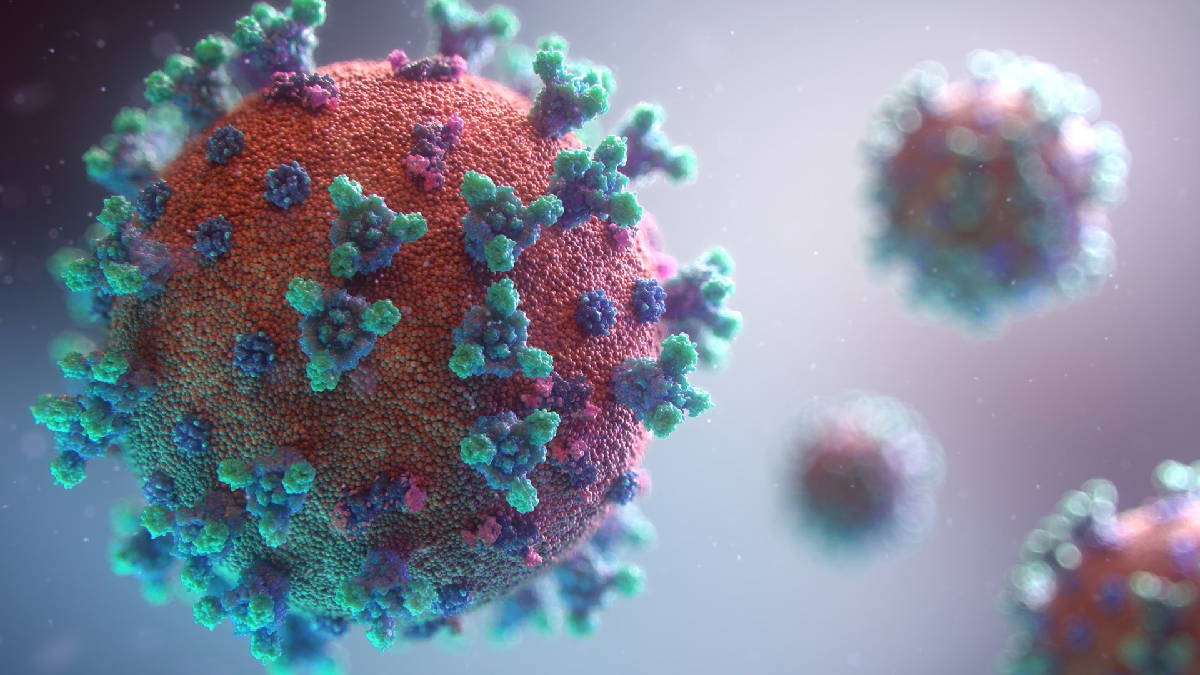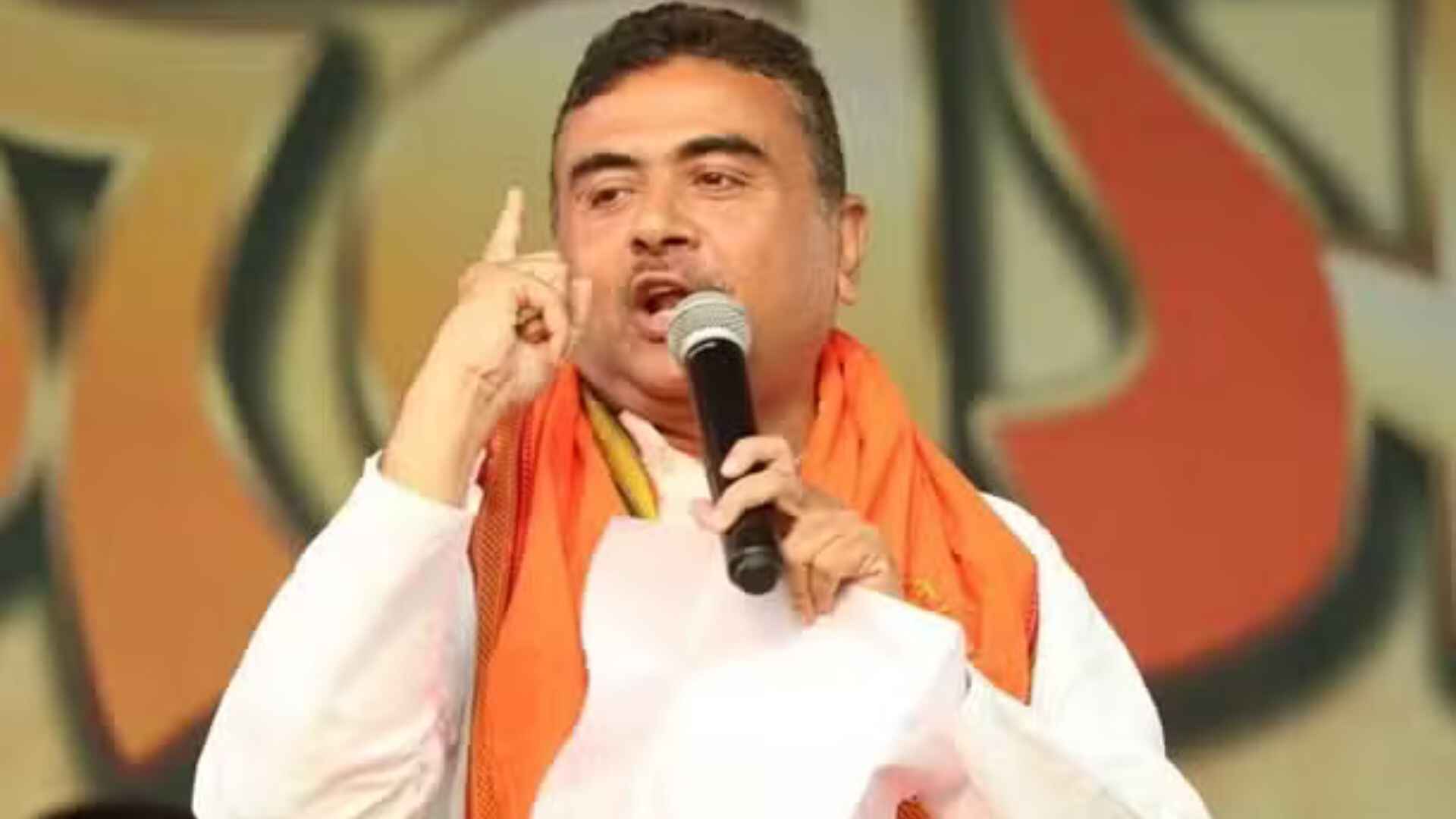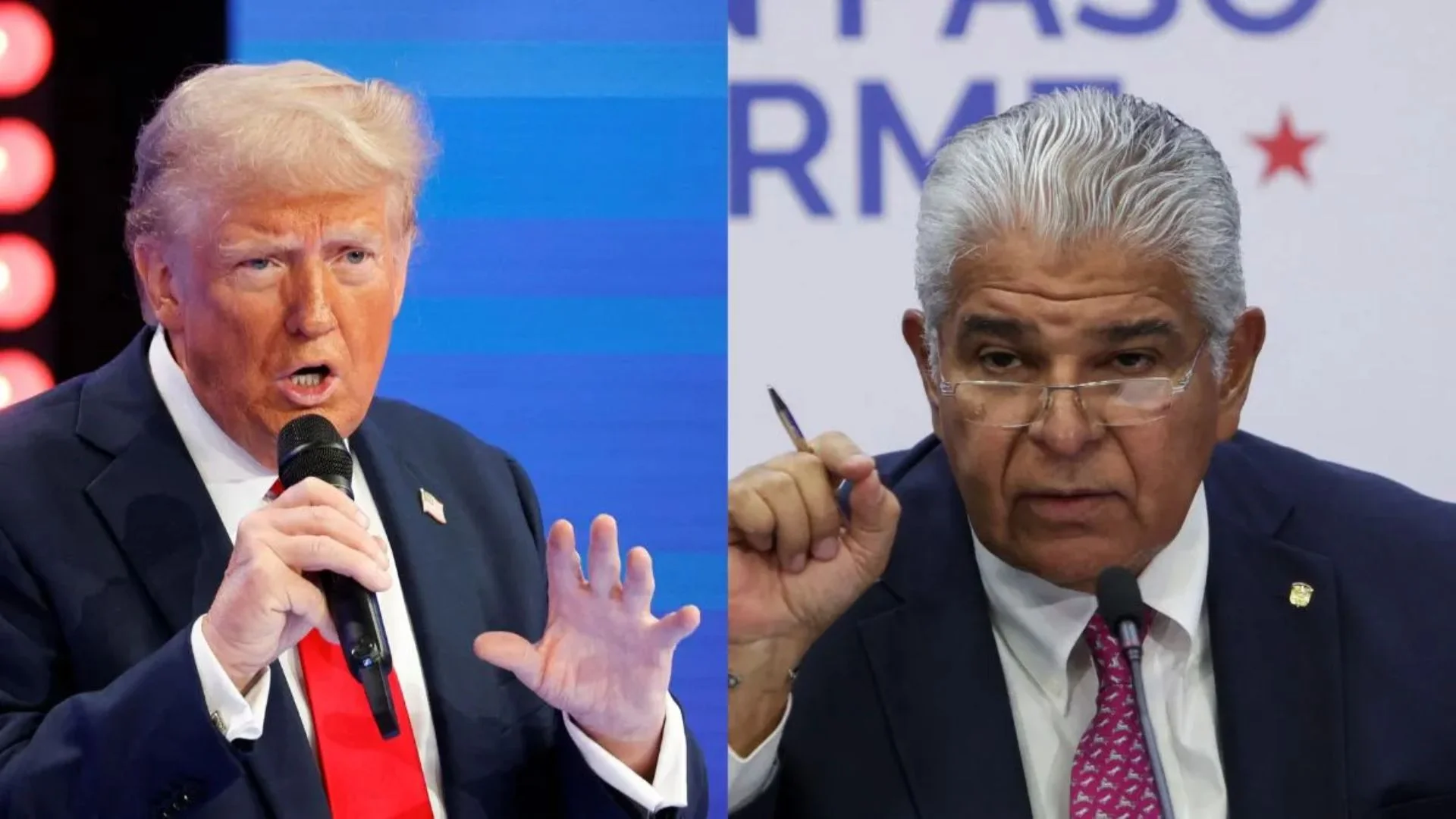Ever since India started the largest vaccination drive in the world with an aim to vaccinate close to 30 crore people in the first phase, there were many voices in the political, journalist, and activist circles against the efficacy of the vaccines and the harm it may cause. This caused doubts and fear among the masses leading to vaccine hesitancy. There were many politicians, activists and even journalists spreading fear about vaccination.
Also, there was a lot of misinformation being spread around the vaccines at the same time. The most common misinformation were vaccination causing impotence, having a chip, and containing pork among many others. The misinformation ranged from affecting the religious belief to the personal well-being of an individual. Owing to the vaccine naysayers and the resultant fear many people decided against taking the vaccine. This led to a massive problem of vaccine wastage. In April, India wasted over 4.4 million vaccine doses. This is a huge number. Vaccine hesitancy led to a lesser number of people taking the jab which led to vaccine wastage due to contamination issues. This is because a vial of Covid-19 vaccine generally consists of 10 doses. These doses have to be used within a fixed period of about four hours after opening it. If a sufficient number of people are not there to take the vaccine then the leftover doses go to waste due to contamination issues. So, all the political commentators, activists and religious preachers who advised against the vaccine are directly and indirectly responsible for its wastage. Now, when the vaccination drive has been opened for all above 18 years and there is an acute shortage of vaccines, the same people are after the issue of export of Covid vaccines without blinking an eye about the great disservice they have done to the nation by propagating fear leading to vaccine hesitancy and wastage.
Lack of Decentralisation of Covid Management: Right from May 2020, almost at the start of the first Covid wave in India, the Chief Ministers of various states in many discussions with the Prime Minister demanded decentralisation of Covid resources and autonomy in Covid-related decisions in the state. From June onwards, when the first lockdown started getting relaxed, more and more state governments started having autonomy in Covid-related decision making in the state. We saw many state governments trying to create a balance between economic activities and necessary lockdown while extending it. The governments permitted hotels, food courts, restaurants, and bars to restart at limited capacity even when the lockdown was extended. Different states started following different lockdown strategies that were custom made according to their necessity. Thus, states had more autonomy for lockdown decisions, containment zones, and economic activities. The Central government refrained from interfering in their decisions. Another demand for the decentralisation of resources was met through the PM Cares fund. In the allocation of resources using the fund, state government involvement was vouched for. For example, PM Cares Fund Trust allocated Rs 201.58 crore for the installation of 162 dedicated PSA medical oxygen generation across different states. In that, the different government hospitals where these plants are to be installed would be identified in consultation with the states/UTs concerned. Also, in the second wave, the states were given the monopoly to purchase vaccines directly from the manufacturer. Though the percentage of vaccine supply to the states is still debatable, it was a welcome step towards decentralisation of resources. Hence, the whole narrative was carefully woven to absolve a few of their responsibilities while shifting the blame towards the Centre.
Drawing Illogical Parallels: A lot of parallels have been drawn during the current second Covid wave between India and the other nations. A segment of the population has demanded a change in regime citing the handling of Covid abroad. People want a different Prime Minister and various international leaders have been chosen for the role. The front runner in this list of future Prime Minister of India was New Zealand Prime Minister Jacinda Ardern. Not taking anything away from the excellent work she has done in a civilised country like New Zealand but drawing a parallel to a vast country like India makes no sense. Even if we just consider the vaccinated population of India, it is almost 36 times the total population of New Zealand. Also, illogical parallels and analogies are drawn between the health sector of India with the US, Europe, or Scandanavian countries knowing fully well that it is a legacy burden that the country bears due to the successive governments after Independence. The pandemic response of India, irrespective of the lack of infrastructure and the major glitches along the way, has been swift and commendable to a certain degree and the credit for it should go to the healthcare workers, frontline workers, and the governments working in tandem.
FIGHTING COVID-19
• There have been 23,45,99,583 registrations for Covid vaccines and 19,84,03,666 doses have been given to citizens so far
• Out of the 19,84,03,666 doses, 15,61,68,995 have received Dose 1 and 4,22,34,671 have received Dose 2
• There are 44,319 sites conducting vaccination. Out of which 42,021 are government and 2,298 are private
• India became the second-largest PPE kit manufacturer with over five lakh kits manufactured per day till October 2020.
• The ventilator production was also ramped up to three lakh units per annum.
• India currently has over 2500 testing centres with 33,48,11,496 cumulative total samples tested till now
• The country has two locally manufactured vaccines Covishield and Covaxin
• India now has an oxygen capacity of over 9,524 tons of oxygen per day that was almost equivalent to the demand at the Covid peak
• For India to vaccinate a majority of its population, the plan is to produce/acquire 216 crore vaccine doses in place till December 2021 from different manufacturers.
WHERE WE WENT WRONG
Irrespective of the numerous narratives being spread to shift the blame game, it is crucial to understand the reasons behind the brutal second Covid wave in India. Here are some of the things that were wrong in Covid management:
•Government Messaging: Ever since the approval of two vaccines by the Central Drugs and Standards Committee in January, the government has been busy chest-thumping on the phenomenal feet. Also, between January to March 2021, a continuous declaration by various government ministers and party spokespersons that victory against Covid was imminent sent a wrong message to the people against the prevalent risks and future possibilities. The Central government and various state governments relaxed Covid norms on public gatherings and almost no action was taken on those who flouted the rules. All this created a deceptive ambience of premature victory over Covid. This resulted in people becoming careless and a second wave became inevitable.
•Health Infrastructure and monitoring: Though it is wrong to blame the current ruptured health infrastructure on the incumbent Central government, a lot of the blame for oxygen mismanagement has to be shared by the Centre and state governments alike. The Centre through PM Cares fund allocated money for the installation of dedicated PSA medical oxygen generation plants but there was no monitoring after that. The state governments of various states were callous in their approach to oxygen management and woke up at the 11th hour when severe damage had already been done. Also, credible reports state that different state governments were not able to maintain the health infrastructure developed for combating the first wave till the time the second wave hit India. This led to a loss of the great groundwork done earlier in combating the first wave. This is a serious failure of governance that led to acute shortages of oxygen and ICU beds.
•Not Curbing Covid Cases in Some States: Maharashtra and Kerala among other states have found it difficult to curb the number of Covid cases even when the number of cases was going down in the rest of India. Even though Kerala has a low mortality rate due to good health infrastructure, curbing cases has been a major issue. When the second wave started, both Maharashtra and Kerala were the first to get severely affected. Maharashtra had to impose restrictions on public movement as early as February end. There was an exponential rise in the number of cases. This sudden rise in cases was then reflected in other states like Delhi, Uttar Pradesh, Punjab, Madhya Pradesh, and then the rest of India. No special consideration was made to curb cases in worst-affected states like Maharashtra and Kerala even when the first wave was dying off in the rest of the country. The consistently high numbers needed special attention and care to prevent future repercussions. The state governments and the Central government should have worked in tandem to control the situation.
•Allowing Public Gatherings: Protest sites, religious ceremonies, election rallies, marriage functions, and all public gatherings should have been forcefully stopped once the number of cases started rising by March-end. The state governments are specifically to be blamed for this as they could have directly curbed the number of people in such gatherings. This is more so for the gatherings which were for non-commercial or non-essential services. If public gathering would have been only allowed in commercial public places like hotels, food courts, restaurants, and other similar places with strict implementation of Covid norms, things would have been different at many levels.
•Loss of Fear among the citizens: Irrespective of the colossal governance failure in Covid mismanagement, one of the major reasons for the second wave was the utter carelessness on the part of the citizens. This led to an upsurge of cases in the country. It might be said that the carelessness of few led to the loss of thousands. One thing to note here is an inherent loss of fear against Covid in the society at large just before the second wave hit us.
THE WAY FORWARD
•Vaccinate Fast and Remove Vaccination Hesitancy: With the plan for 216 crore vaccine doses in place till December 2021, it is crucial to focus on three issues: proper execution of vaccine allotment to states, reduction in vaccine wastage over time, and eliminate vaccine hesitancy among citizens. Vaccine wastage and vaccine hesitancy are interlinked and all necessary measures should be taken to eliminate vaccine hesitancy. Also, those spreading misinformation about vaccines should be booked under appropriate law. Also, states with high vaccine wastage should be highlighted and necessary actions should be taken against government officials responsible for it. Lastly, there has been controversy regarding states not getting their fair share of vaccines in the first phase of vaccination. The Central and state governments should resolve the issue and roll out an efficient robust vaccine allocation plan.
•Work on War Footing to Curb cases: With the number of cases going down with each passing day, there is some respite for the fragile health ecosystem and various state governments. But the governments should ensure a rapid decline of the number of cases and work on war footings till the numbers reach a bare minimum. Even if one or two states continue to show high numbers then the Central government and the state government should take all possible measures to bring the cases to a minimum number.
•Monitoring the Resources from PM Cares Fund: The fund established with the primary objective of dealing with any kind of emergency or distress situation has ever since its inception has been in the spotlight. The fund till now has been utilised as:
In May 2020, PM Cares Fund allocated Rs 3100 crore to fight Covid in which Rs 2000 crore was allocated for ventilators, Rs 1000 crore for migrant workers and Rs 100 crore for vaccination
PM Cares Fund Trust allocated Rs 201.58 crore for the installation of 162 dedicated PSA medical oxygen generation plants in public health facilities in January 2021.
The PM Cares fund contributed over Rs 2,200 crore for the first phase of the vaccination drive.
However, irrespective of the contribution of the PM Cares fund to the Covid relief cause, the main issue around the fund is monitoring the resources for which the funds are allocated. Be it the oxygen plants or the ventilators purchased, the opposition has raised questions about the resources for which the funds are allocated. The government needs to display through the existing portals the fund allocated and the resources purchased per state along with its execution or working status. Through this, a transparent system of fund allocation and monitoring can be ensured. It will also help in restoring the faith of the citizens and allow them to monitor the resources without falling prey to the blame game.
•Proper Messaging to the Citizens: Even after vaccination it is necessary to maintain appropriate Covid behaviour to stop the spread of Covid cases. Though the vaccines have shown good numbers against hospitalisation, they do not guarantee against viral contamination. Also, the governments should avoid unnecessary public gatherings to prevent the sporadic surge of cases like in the second Covid wave. With the imminent danger of the third Covid wave and new diseases like black fungus and white fungus taking shape, it is important to communicate to the public about the future dangers and possibilities. Also, a clear message should be given to the citizens to be prepared for the battle against Coronavirus and its future strains for the coming year. Moreover, a lot of impetus needs to be again given to Covid appropriate behaviour just like the beginning of the first wave.
The scavenging images of funeral pyres do not define our nation. The teary-eyed goodbyes though define our reality but it does not define our future. We have suffered enough in the second Covid wave. It is high time that we come together and fight this menace with coordination, discipline and mutual care. The Central government, the state government and the people should work in cohesion to ensure a brighter tomorrow. In this world of the internet, the different political parties need to understand that weaving narratives won’t save the day for them and it is only the work they do on the ground that will earn them the much-needed goodwill. It is the need of the hour to pull our socks, spring in our warrior spirit and stop the blame game to fight this!
This is the concluding part of the two-part series.
Sankalp Mishra is an engineer, lawyer, entrepreneur and an IIT-Kharagpur alumnus. The views expressed are personal.












